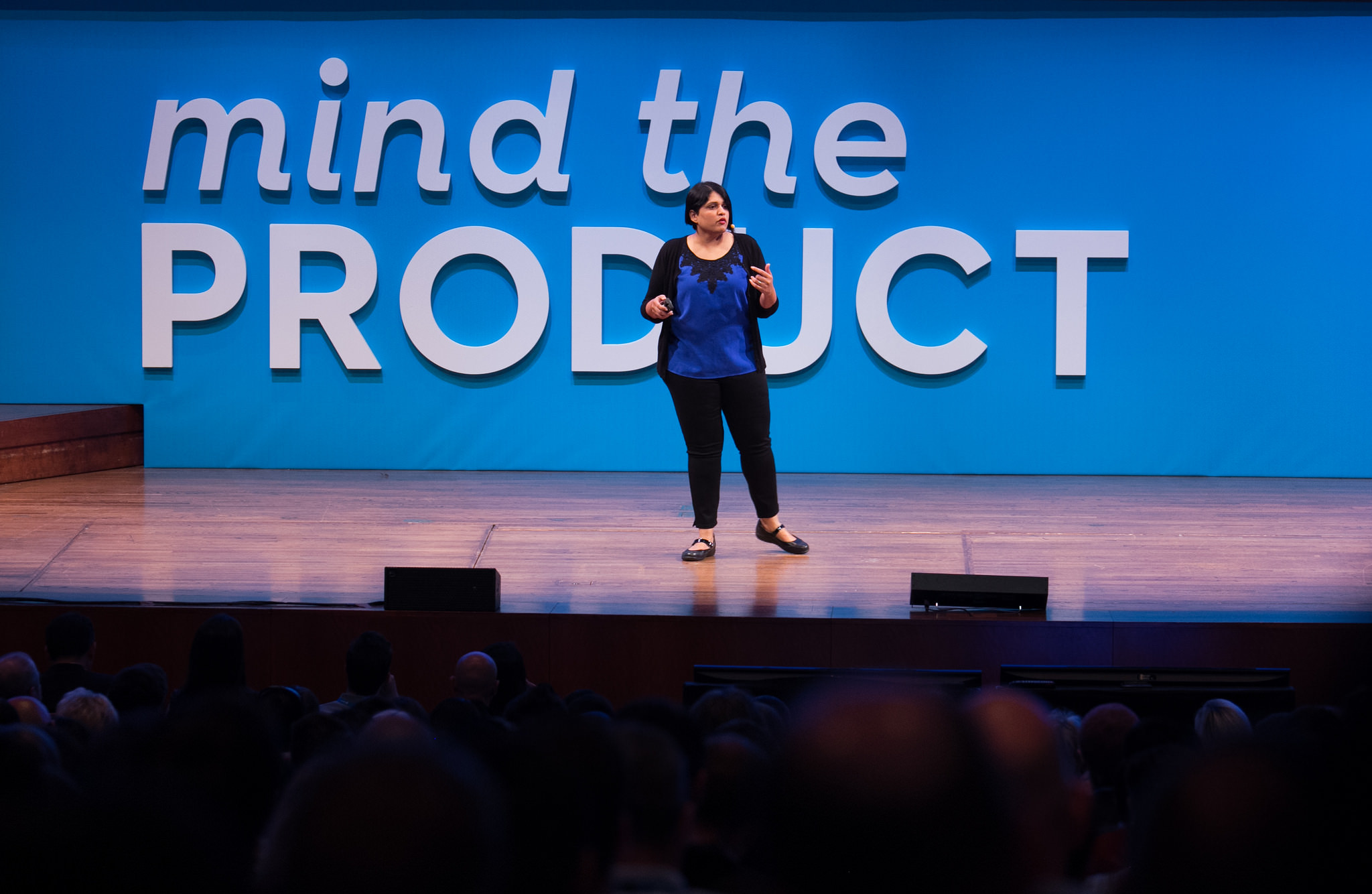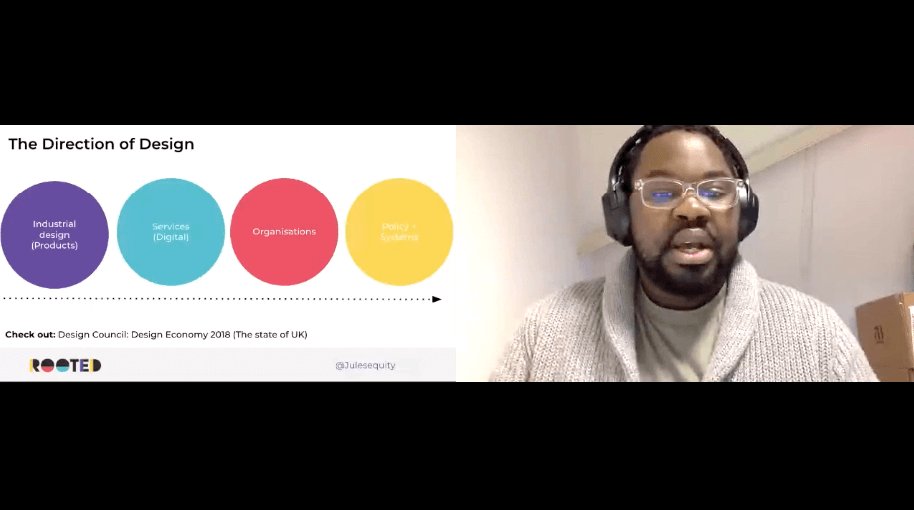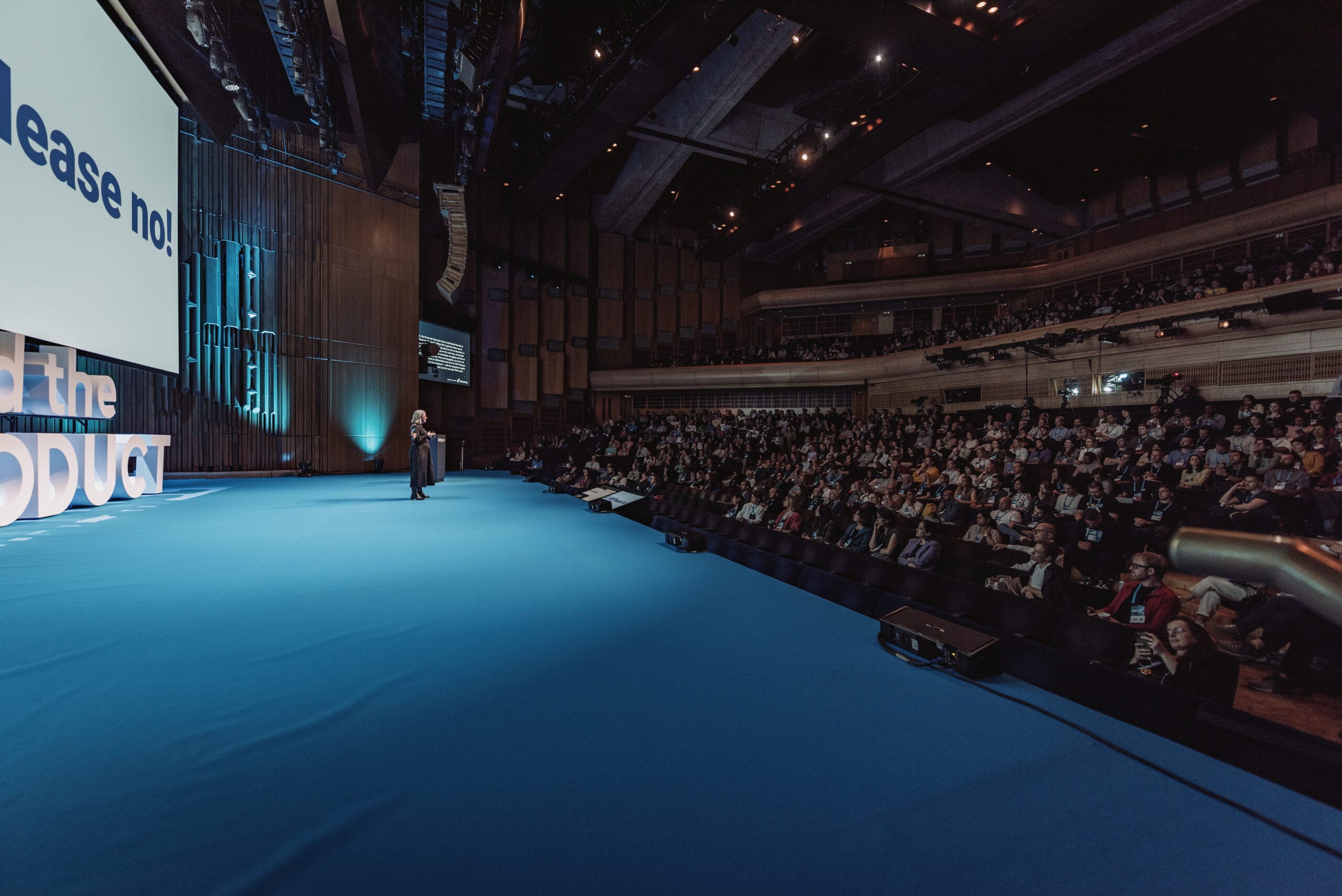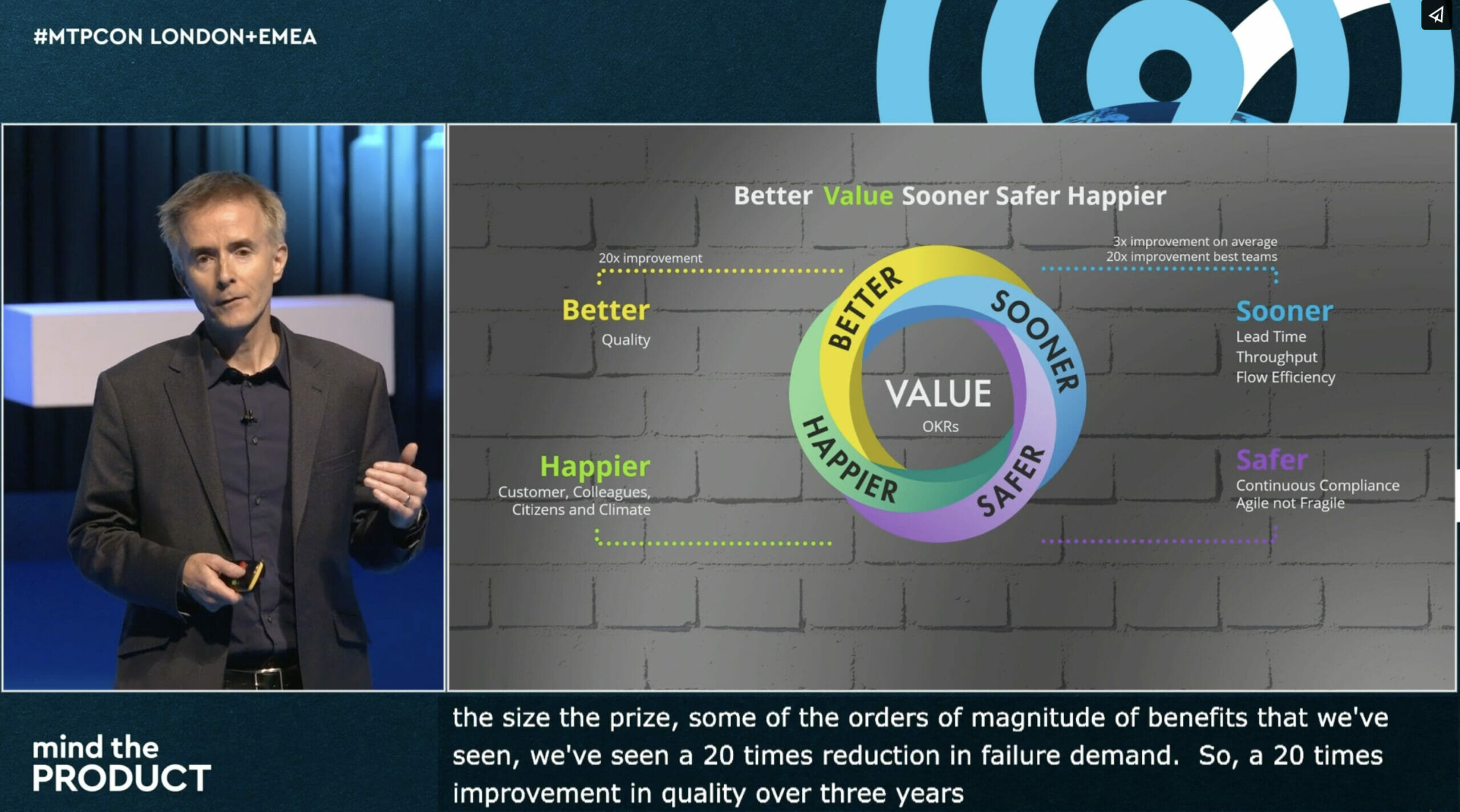This article is part of our AI Knowledge Hub, created with Pendo. For similar articles and even more free AI resources, visit the AI Knowledge Hub now.
Over the last 5-10 years our computer’s ability to understand our voice commands and pictures have made dramatic leaps forward – from barely being able to understand simple commands (or different accents) to comprehending complex commands or questions, the way we interact with computers is changing dramatically. And it’s all down to machine learning. Machine learning has been around for a while but over the last 5-10 years three things have come together to provide a breakthrough in their abilities : the algorithms have gotten better by modelling the human brain, there is a lot more data available to train these systems, and more raw computing power than ever before to bring it all together. This combination changes how we develop products from endless if/else statements to simple algorithms with deep learning systems behind them.
So what does that mean for us as product managers? In this in-depth talk from Mind the Product San Francisco 2017 Aparna Chennapragada, Product Director and Technical Assistant to the CEO at Google, unpacks 4 ideas on how this will change how we think about products and experiences.
1. Computers adapt to humans
Rather than humans adapting to computers. Interacting with our computers through a mouse and keyboard is better than punch cards, but it is still a slightly unnatural interaction that separates the interface from the input. Smartphones have made this a little better by allowing direct manipulation of the interface, but machine learning and AI allows for a much more natural interaction through voice, gestures, and more.

2. What superpowers can you give your users?
One way to decide where to utilise AI in our products is by thinking about what superpowers you want to give our users. Is there a way to use AI to give beginners advanced skills? Is there a way you can help users discover new content at scale? Is there a power tool you can give to experts?
3. Building a product involves training a product
In this new world we can’t just think about building a product, we have to also think about how to train the product – and this changes how we approach our teams and product design process. You will need fewer lines of code – but more learning data. You will need to think about user goals – not just user flows. And as technology gets horizontal – product needs to get vertical. This means that the algorithms and processes behind building machine learning are applicable to any industry, so your differentiation comes from picking the right problem to solve with machine learning, the right goal to give it, and the right training data – which requires deep industry knowledge and expertise.
4. New product ideas come from new capabilities
In the smartphone era new capabilities led to huge new opportunities and products – Snapchat and Instagram could only happen because of the cameras in smartphones, and ride-sharing apps could only happen because of GPS location. So what are the capabilities that machine learning and AI will give us? Some emerging ideas around machine learning that have the potential to drastically change our products are;
- the ability to classify data and inputs
- the ability to understand that data
- the ability to predict outcomes based on historic data
- the ability to generate new data to augment and complete input data

Watch this insightful talk for lots of examples and stories that shed light on these ideas and capabilities! And think about how our customers’ expectations will change as we move from mobile native to AI native users.
How will you build AI-first products people love?







Comments 0